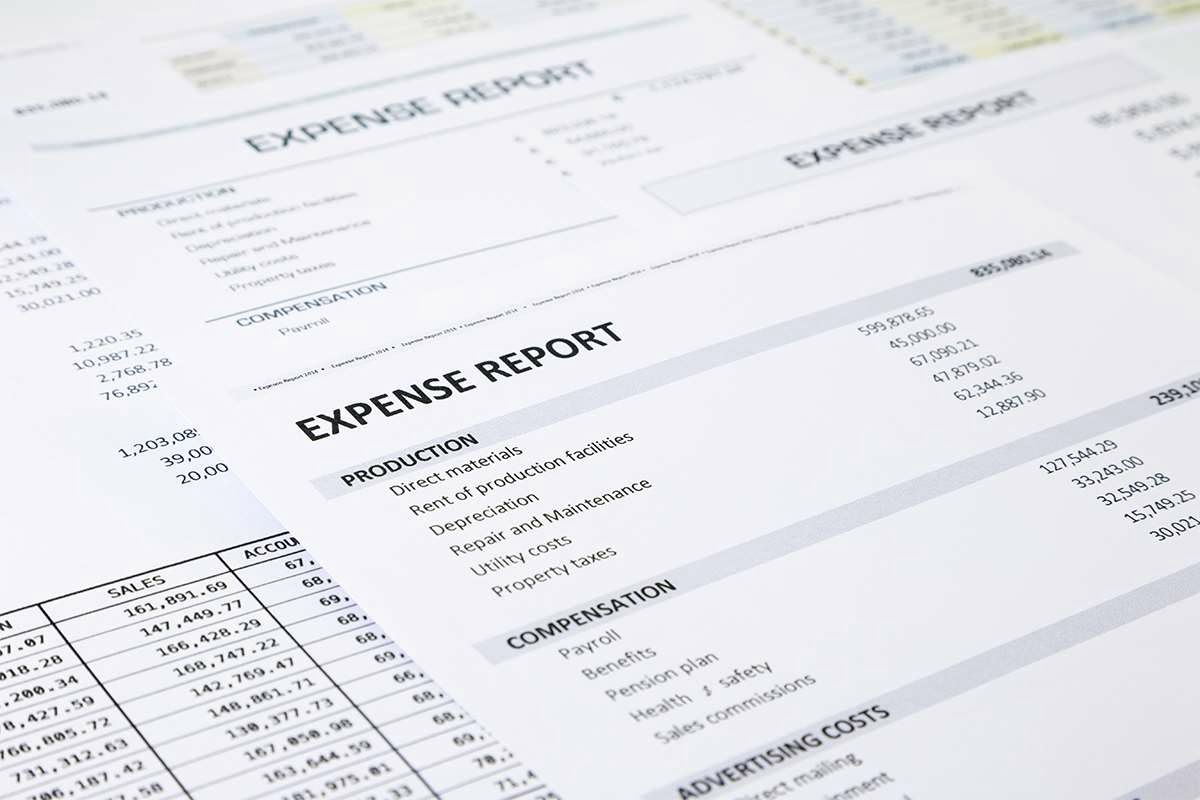
Each asset serves a certain purpose in how it helps a business, and it is more advantageous to focus on their functions rather than their relative worth as long as they serve entities well. Based on the purpose of depreciation mentioned above, depreciation should only commence when the asset is ready for use and is at the location that it is intended to be used. This ensures that what are plant assets the value of the asset is accurately represented over its useful life. The company would now adjust the carrying amount to £90,000, and depreciation would be calculated using the revalued amount. If the asset’s value is found to be impaired, the carrying amount would be reduced.
- In this article, we’ve explained the concept of plant assets in very detail.
- Plant assets are reported within the property, plant, and equipment line item on the reporting entity’s balance sheet, where it is grouped within the long-term assets section.
- “We are asking the recycling industry to be extra vigilant and to keep an eye open for the type of equipment that has been stolen from QC Polymer.”
- Broadly speaking, an asset is anything that has value and can be owned or used to produce value, and can theoretically be converted to cash.
- The straight-line method’s illustration has been given in the above example.
What Are Plant Assets? Definition & Examples
The depreciation expense in this method is calculated by subtracting the residual value of an asset from the cost and dividing the remainder by a number of years(useful life). The straight-line method’s illustration has been given in the above example. There are different methods of depreciation that a business entity can use.
Depreciation On Plant Assets

Plant assets are recorded at their cost and depreciation expense is recorded during their useful lives. normal balance Therefore, the first few years of the assets are charged to higher depreciation expenses. The later years are charged a lower sum of depreciation based on the assumption that lower revenue is generated.

Accounting for PP&E
- The resources are sometimes owned by the company and sometimes borrowed by external parties.
- Because of the term’s roots during the Industrial Revolution when plants and factories were the most frequent mode of production for major companies at the time, plant assets are referred to as such.
- In this case, impairment will be computed based on the lower of the recoverable amount and the carrying amount of the plant assets.
- Plant assets represent the asset class that belongs to the non-current, tangible assets.
- Hence, we will calculate depreciation proportionately based on the useful lives of the plant assets.
- To calculate PP&E, add the gross property, plant, and equipment, listed on the balance sheet, to capital expenditures.
- Plant assets must also be reviewed for impairment at regular intervals.
In the end, be careful to distinguish between asset types both on the balance sheet and in practice. “We were called to Gough Road shortly before 10.30am on November 6 after a large amount of equipment was reported stolen. The administrators of a Wolverhampton recycling plant have spoken of the ‘extraordinary’ discovery of the entire plant being stolen – worth £1.3 million.

- “We were called to Gough Road shortly before 10.30am on November 6 after a large amount of equipment was reported stolen.
- These assets are held by businesses for use in the production or supply of goods and services, for rental to others, or for administrative purposes.
- Depreciation is a non-cash expenditure that decreases the company’s net profits and is recorded on the income statement.
- The straight-line method is the most commonly used method in most business entities.
- Fair market value is the price received for an item sold in the normal course of business (not at a forced liquidation sale).
- Get stock recommendations, portfolio guidance, and more from The Motley Fool’s premium services.
- Any land maintenance, improvement, renovations, or construction to increase building operations or revenue generation capacity are also recorded as part of the plant assets.
Depending on the industry and purpose of a company, a number of items might now qualify as plant assets. Plant assets are a part of non-current assets and are usually the largest group of assets one can find in the financial statements. They normally show up as the first line item under non-current assets. Plant assets, also known as property, plant, and equipment (PP&E), are tangible assets with a useful life of more than one year.
- As they will be used for more than one accounting period, they are subject to depreciation.
- Equipment is also quite valuable and crucial to the operation of any organization.
- In contrast, plant assets represent long-term property expected to be around for at least a year, often quite a bit longer than that.
- Naturally, the initial purchase of the plant asset would be an outflow of cash, any subsequent sales would be a cash inflow.
- As such, these assets provide an economic benefit for a significant period of time.
- Plant assets are different from other non-current assets due to tangibility and prolonged economic benefits.
- Plant assets are a group of assets used in an industrial process, such as a foundry, factory, or workshop.
